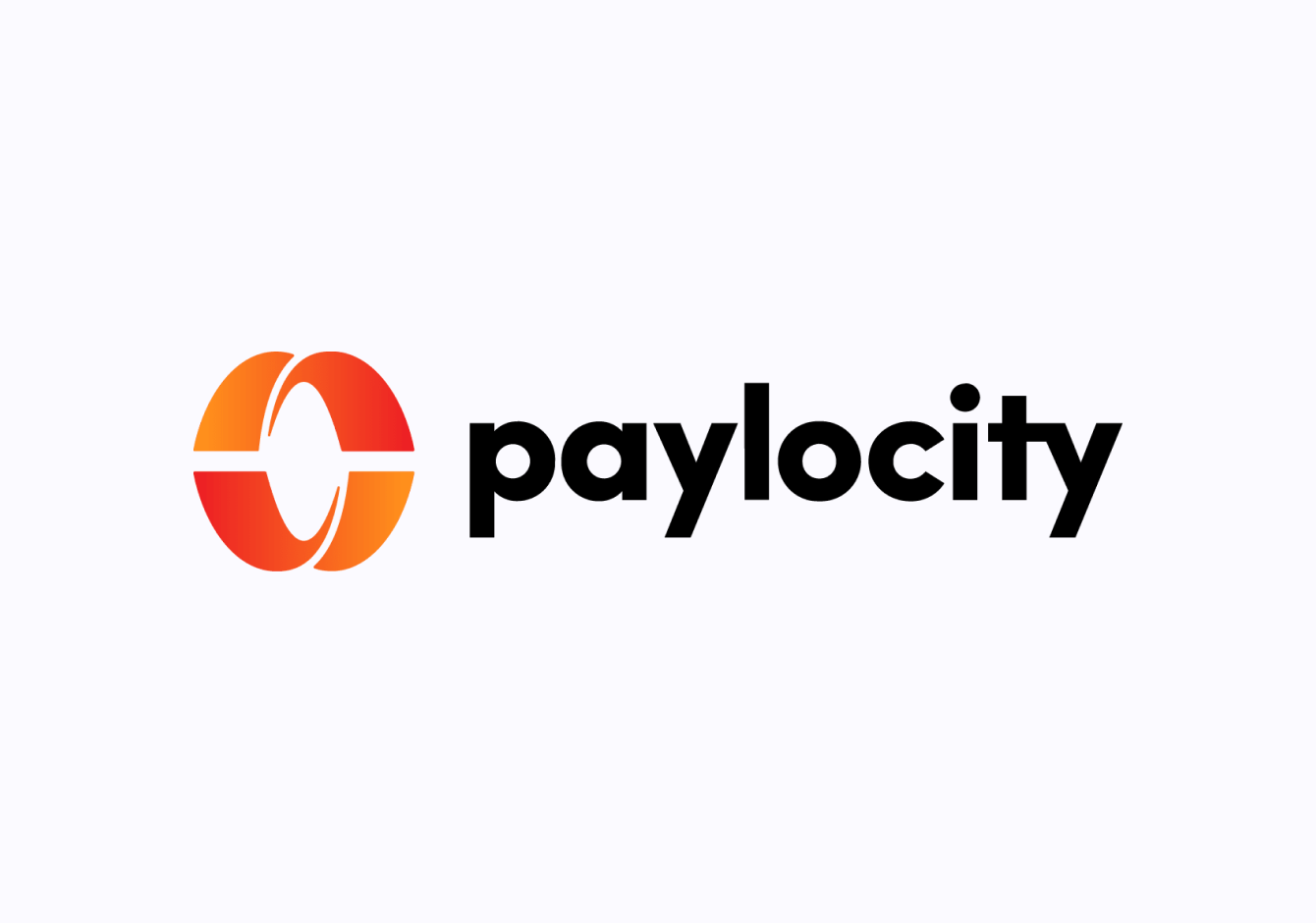⚡ Industry First: The only Earned Wage Access
solution native to Workday is here.
What is a 401(k) and How Does it Work?

Get a 401(k) started, spread out your investments into different areas (stocks, bonds, money markets), set your level of risk, and then let it grow.
A 401(k) is a retirement savings account that is offered through employers to their employees. It is called a 401(k) because it is named for the Internal Revenue Code Chapter 401 Section K.
One of the reasons that 401(k) accounts are so appealing is that they allow you to delay paying taxes on the money that you deposit. In other words, when you deposit money into the 401(k), it lowers your federal income taxes for that income year.
So, if your annual salary is $60,000 and your federal income tax is about $6,600 for that year you could lower your federal income tax by contributing to your 401(k). Let’s say that you deposit 10% or $6,000 to your 401(k) in one tax year. Your taxable income would now be $54,000 which would lower your federal income tax to $5,940 which saves you $660 in taxes for that particular year.
Of course, the tax deferral is only one small benefit of a 401(k). The biggest benefit is that it allows you to put aside money for retirement and you will earn compound interest on your money.
How 401(k) Plans Work
Sounds great, right? But how does someone go about starting a 401(k) in order to gain these benefits?
You will need to open a 401(k) through your employer. Many employers will offer a dollar-for-dollar matching incentive of up to 3% of your annual income. Even if you contribute more, let’s say 6%, the maximum contribution from your employer will be 3%. Still, that is nothing to sneeze at because it is free money at the end of the day.
When you open a 401(k), you have now opened the opportunity to shop for investments within your 401(k). If you are working with a financial advisor, they will explain what your options are for choosing from a variety of investment choices. Most investments will fall into three categories: stocks, bonds, and money markets. You will also be able to choose how much of a risk you would like to take with your deposits by choosing a level of risk ranging from conservative to aggressive.
While most new investors will choose to play it safe, it is good to remember that a retirement account is a long-range investment that won’t be accessed for many years to come depending on your age. There is plenty of time to allow for the highs and lows that will inevitably happen with investments and choosing the safe option may guarantee growth, but the growth will happen at a much slower rate than choosing to invest at a moderate or moderate/aggressive rate. Even if the investment goes down for a short period of time, the return moves back up at a much faster rate with a higher return when the investment is set to a moderate to an aggressive level of risk.
The bottom line here is this. Get a 401(k) started, spread out your investments into different areas (stocks, bonds, money markets), set your level of risk, and then let it grow. A 401(k) is not something you want to watch on a daily basis because the ups and downs can cause anxiety for some. Rather, you want to contribute regularly and check it occasionally to see how the money is growing.
If your employer offers to match your deposit, make sure you say yes to this because it would be foolish to say no to free money. You benefit and your employer also benefits on their taxes by making employee contributions as well. Everyone wins.
401(k) Contribution Limits
There is a limit to how much one can contribute to a 401(k) because the federal government still wants you to pay taxes every year. In 2021, the most you can contribute to your retirement account in one tax year is $19,500 if you are under the age of 50 and up to $26,000 if you are over the age of 50.
If you are over 50 and if you are a late investor, it would be ideal to contribute a higher amount to boost those retirement savings as quickly as possible. That is why the IRS allows taxpayers over the age of 50 to contribute more.
Types of 401(k) Plans
There are many types of 401(k) plans, but it should be noted here that there are also a couple of other ways that 401(k)’s can be referred to. A 403b, for example, works exactly like a 401(k) but is only for public education, ministry, hospital service, and non-profit employers. 457bs also function like 401(k)s but are for government employees.
401(k) plans have various features from one type to the next as well. Here is a quick breakdown:
- Traditional 401(k) – offered by public or private employers, employers have the option to contribute or not, employers have to pass a non-discrimination test each year to prove that they are not favoring higher salary employees.
- Safe Harbor 401(k) – offered by public or private employers, employers are required to match contributions for all employees and they do not have to pass the non-discrimination test.
- Simple 401(k) – a simple version of the traditional 401(k); designed for small companies with 100 or fewer employees, employers are required to match contributions, the yearly contribution limit is less than a traditional 401(k). The maximum contribution is $13,500 for taxpayers under the age of 50 and $16,500 for taxpayers over the age of 50.
- Solo 401(k) – this retirement account is designed for the self-employed. You can contribute as an employee and as an employer and receive all of the tax benefits. Employees can contribute $19,500 each year plus an additional 25% for profit-sharing compensation. If you are over 50, you can contribute up to $26,000. The maximum total contribution is limited to $58,000 per year.
- Roth 401(k)- this type of account does not allow a taxpayer to take a tax benefit immediately for the year that the deposits were made. Instead, the tax savings are applied later in retirement when you withdraw the money from the Roth account. Your money grows tax-free and when you withdraw your money during retirement, you don’t have to pay taxes on the withdrawals.
Roth IRA vs. 401(k)
Which is the best option for retirement savings? Is one better than the other?
he answer is different for each individual because everyone has a different financial situation. The main factors to consider are income, eligibility, employer match, and contribution limit.
It is possible to have both types of accounts. It helps to understand the advantages and the limits of both types of accounts. To put it simply:
Roth IRA’s are Individual Retirement Accounts. Anyone can open an IRA as an individual with a bank or financial institution. IRA’s are not employer-sponsored which means there are no matching incentives but IRA’s are far more flexible than 401(k) accounts. You, the individual account holder, decide how much to contribute and you invest directly with the investment firm rather than choosing from various bundles of investments chosen by your financial advisor or firm.
Roth contributions are taxed but there are no penalties for early withdrawals so your cash is more readily available to you.
However, one of the limitations is that individuals who make more than $137,000 are not eligible for contributions and joint filers who make over $203,000 are not eligible to contribute to their Roth IRA. There is also a maximum contribution of $6,000 per year for IRAs.
A commonly used strategy for many people is to have both types of retirement accounts which allows you to max out the 401(k) and put additional monies into the Roth. So, if you are over 50 you have the potential to put $26,000 away into a 401(k) and another $6,000 into the Roth IRA for a total of $32,000 in retirement savings per year.
What Happens When you Withdraw From a 401(k) Early?
If you want access to your money from a 401(k) early (before the age of 59 ½), get ready to pay the fees. There is a 10% penalty in addition to taxes being applied to the money withdrawn from the 401(k). A withdrawal of $10,000 can cost 25% to 35% after taxes and penalties. This is something that you would do well to carefully consider before withdrawing the money.
There are other ways to access the money if there is truly an emergent need for it. Consumers can actually take a loan from themselves and pay it back with interest. The interesting part about this is that you are paying interest to yourself. So, it doesn’t hurt as much when you consider that you yourself will be the recipient of the extra cash.
There are time limits to paying the money back and fines and penalties if the money isn’t paid back on time. So, it is wise to consider whether the loan is absolutely necessary.
What Happens to Your 401(k) if you Leave Your Job?
If you leave your employer that you started the 401(k) with, you generally have four options:
- Take it: you have the option of liquidating the money from your 401(k), but there will be a penalty for early withdrawal if you are not yet 59 ½. This also reduces the amount of retirement savings in the long run.
- Leave it: you can leave your account with a former employer if you like the investments. However, you cannot contribute to it if the account is still with your former employer. There are no tax consequences for leaving the 401(k)
- Move it: to a new 401(k) with your new employer. There are no tax consequences to moving a 401(k) from one company to another.
Roll it: If you are going to be unemployed or self-employed, roll the 401(k) into an IRA. Unlimited investment options like stocks, bonds, mutual funds, and other investments.
More Articles










